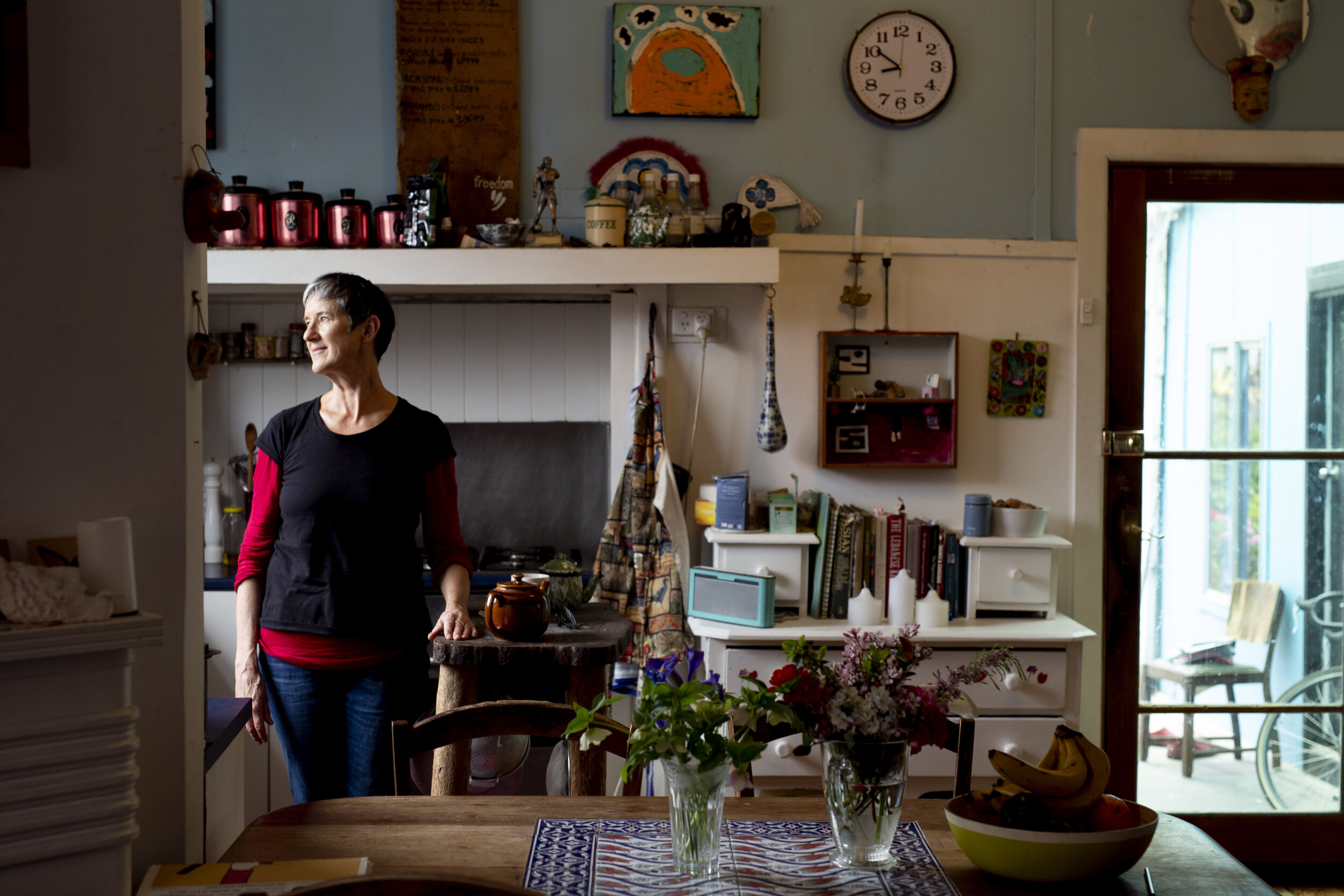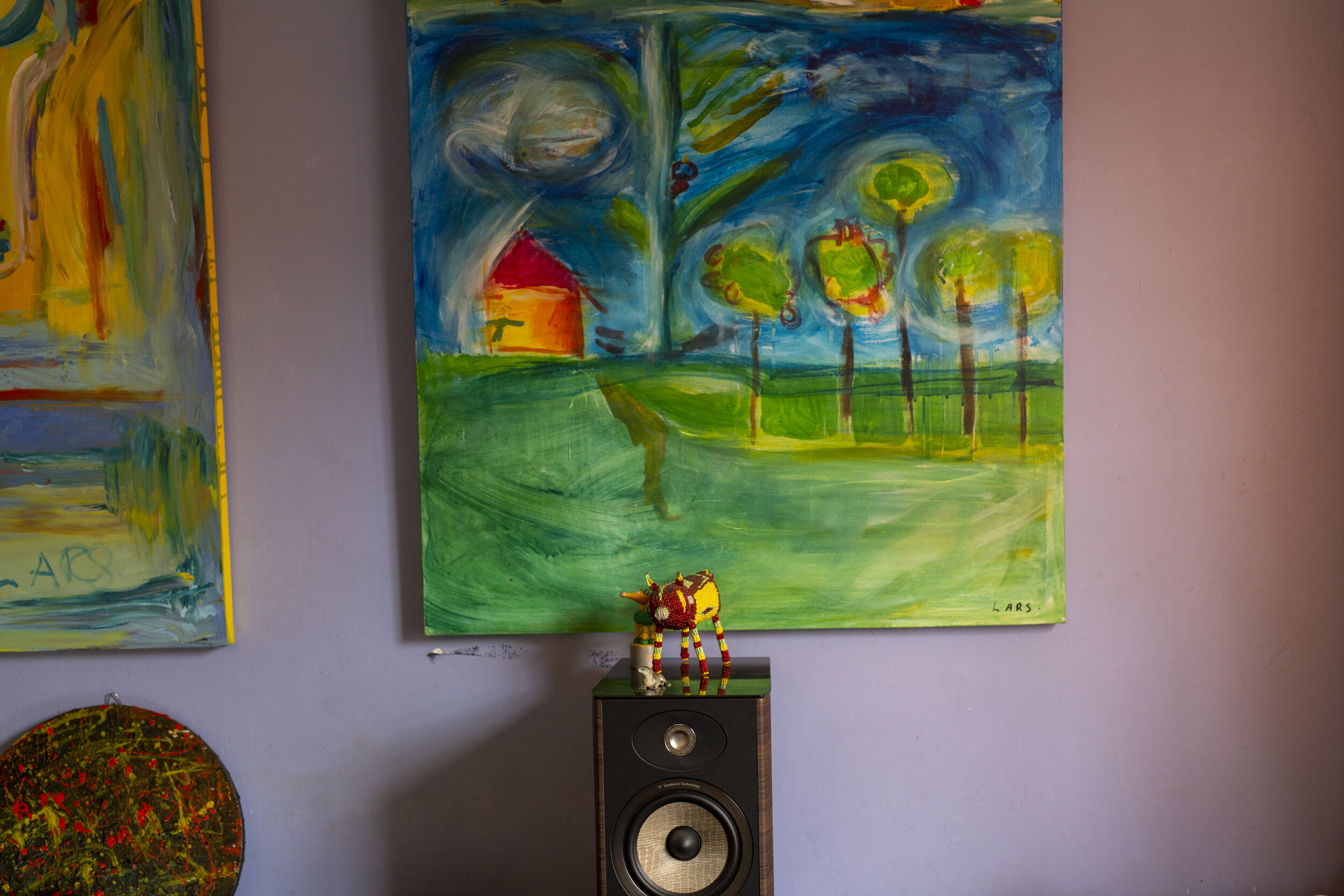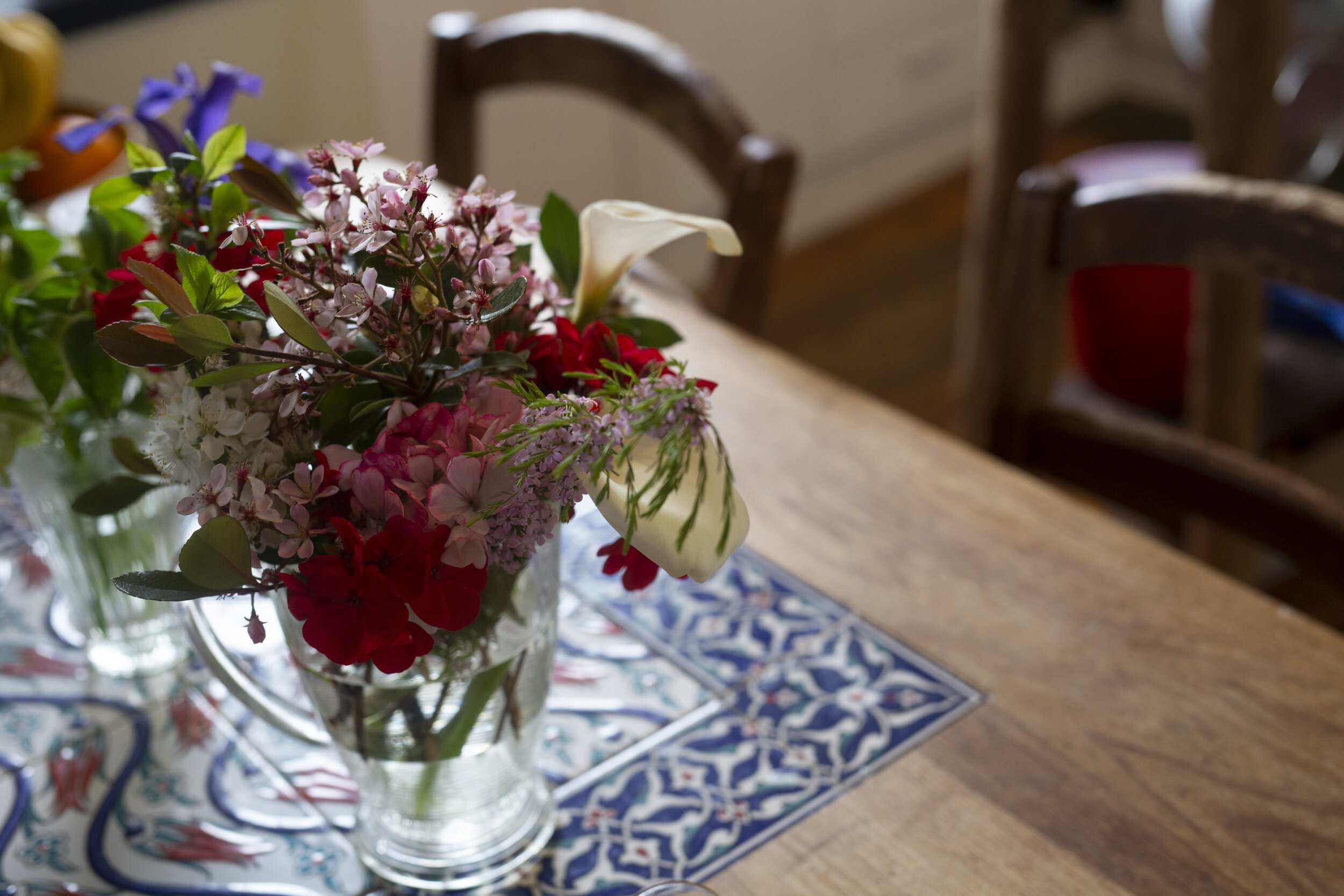Sue Giles puts children at the centre of art and life
Polyglot’s performances are often large-scale public works that position children at the very heart of communities; it’s a unique style of art, and I can’t wait to hear how it evolved. Sue is also Vice President of ASSITEJ, the International Association of Theatre for Children and Young People, giving her a unique insight into the role of art and performance in the lives of children around the world.
MARIA O’DWYER: I’d like to start at the beginning of your role at Polyglot. You've been artistic director of Polyglot, a contemporary arts company for young people for almost 20 years. Can you tell me a little bit about Polyglot and the type of work you create?
SUE GILES: When I first started with Polyglot it was a puppetry company and then we very quickly shifted the ground. Currently, we are known internationally as one of the leaders in participatory theatre for children. And that reputation is based on this idea of an immersive art form, where kids are not only the audience for the work but they're within the work, they're part of the dramaturgy and the design of the work. And that's become our calling card and we still hold quite a niche position overseas.
The interesting thing about Polyglot as well is that we really are advocates for children and the value of children in society, and that's a huge part of what drives us. And because we also do child-led process and child-centered process, we've always got kids involved in every step of the way.
What inspired you to work in theatre for children?
I went through that whole drama school stage of wanting to be famous. And then the first job I got was with Toe Truck Theater [a children’s theatre company] in Sydney. My fate was determined! Working with children as an audience is really inspiring because I just love the constant change that's possible. It's a form of theatre where you have to be completely open all the time and that is an extraordinary kind of skillset that you can develop for your entire life, truly. That you don't get stuck in the way to do things, the ‘proper’ way to do things – we are always open to the unexpected or the shifts or the strange path, you know? This idea that the children are excellent divergent thinkers is one of the guiding precepts that we have. We can put one idea on a piece of paper and the kids will come up with a thousand different ways to imagine that, whereas adults will come up with four!
So, the idea of kind of living constantly with endless possibility is really exciting, it’s such an inspiration. And the idea that children’s play will have meaning for adults is really interesting. The more I'm doing, the more I'm fascinated by the relationship between adults and children and all over the world, like, culturally seeing the differences … there are potentially several coffee table books around that idea.
Right now we’re seeing the huge impact of Greta Thunberg and the school strikes around the globe – how do you think children can teach adults to rethink their world?
Well, that's a huge one, isn't it? She has come into so much abuse from powerful adults. There is a strange fear involved in that, because deep down they know that change has to happen. When children start expressing their opinion, adults can start to see that there is the possibility that they don't have to be the constant powerful voice. And I think there's a lot that can be taught, but it actually requires adults to be willing to listen. Or to be willing to sit in that child space. Of course. I mean with any of the powerless in the world, the powerful have to be able to listen.
When you were talking about that idea of adults being able to share power, I saw "We Built This City" [Polyglot’s first immersive performance piece that still tours to this day], and I remember one teacher became extremely distressed about the fact that her students were running everywhere in this organised chaos. Eventually one of the Polyglot performers stepped in and said, "They're fine. You need to let them do their thing." And it really struck me that so rarely you see that open space for play but also for risk. Do you think there's enough of these kind of activities for children?
Oh no, not enough of it. Because like when I grew up in the 60s, I had enormous amount of freedom and risky play was everybody's backyard. You know, you played in the street, you played in the bush. We lit fires, we did all the things. We know that the world has shifted to a much more urban population. You can still see that kind of risk taking and play happening in country areas and in remote areas and in regional towns. But, you know, in urban life, absolutely. We have become extremely fearful. I mean there's a whole bunch of theories around this and evidence around this as well, that fabulous woman Lenore, what's her name? Skenazy? She’s the founder of the free range child movement?
She kind of made a thing about it. It started years ago, and she was talking about the economics of fear and how the playing out of fear means that, there's this entire business around safety. The same way there is around weddings, and how there's an entire economy around that.
I mean, the world is a safer place than it used to be although we don’t see it that way – because we hear about everything, all the time. But, it is a safer place than it used to be and it's very sad for me when kids say, "I don't play outside." Once I asked a child "Do you go to your friend's houses to play or something?" And the child replied, "Well, I'm not allowed outside after school because Mum says there's paedophiles." And you just think, "What a world."
So it means that risk taking is really difficult and to kind of make a point of risk… I mean, at Polyglot we do that with the work that we create. We go, "This is a risk taking space and you will fall over, you will get a box on your head, this is the deal. Come in, if you're willing to take that adventure." So basically, we just invite people into a space that's visibly risky and people are willing to have that experience ‘cause they know it's so rare. And they know that they've been placed in a structured environment rather than letting the kids kind of run out on the road, you know?
I think there's more of that happening, too. There's a lot more push around the ‘free play’ playgrounds, where you just provide a whole bunch of building materials, like nails and wood and stuff like that. And I am actually a huge fan of benign neglect. I think that's one of my guiding principles, as well.
My mum always used to say to me, "Only boring people get bored." And I think there's something in that. If you leave a kid to play, unless there’s something wrong, they will play.
Yes. And an empty space doesn't really exist for a lot of kids at the moment. Especially as screen time is so accessible. It's incredibly easy. And you see it at family dinners and at restaurants. Kids are on screens because the adults can then have that adult time, which is unfortunate.
So that leads to my next question, you have two children of your own. Did having kids actually kind of change the way you thought about making theatre experiences for kids?
Oh absolutely. When I got the job at Polyglot, the kids were four and eight. But everything that I created in the first few years was absolutely stolen from their play and also my memories. So, you know, watching, watching Zach making a kind of a web or trap with string and the trees in the backyard. And that gave me the idea for "Tangle."
And Rosie has always worked with paper and we've all played with boxes in the backyard. And then just really kind of riffing off that stuff ... The idea of tasks becoming fun. The innate sense of patterning and order that happens with children. Really looking at kids and seeing how some really love structure and some really love pattern. These kind of small fascinations that can be maxed out. And the idea of things on mass scale, I've always adored as well. So you know, one small idea can then become 50 small ideas and suddenly be spectacular art, you know? There's that change in perception. But yeah, the kids were highly influential.
You touched on this before, but in terms of your work with ASSITEJ and children’s theatre on an international scale, what are some of the differences that you see which, presumably, reflect different approaches to relating to children?
That’s a really great question because there really are extraordinary differences culturally. It's some of those big conversations we all have is about the quality and perception of professionalism for example, and it's a very different country to country. We do a lot of touring in America, and our work is considered very risky in America because America's one of the most risk-adverse audiences you could possibly have. You can see the work that gets created is absolutely on message and also has very little subtext, very little nuance, no gray areas. And the theatre is very literal - there's no room for doubt in there.
And then we go somewhere like Belgium that prides itself on its risk-taking theatre. There it deals with dark themes. It looks at things like terrorist bombings, death and dementia and all sorts of really pointy things. And does it in ways that that is uncompromising and deeply aesthetic, deeply artistic theatre.
In a way, Australia kind of straddles those two areas. We love the risk taking work, but we're also, we also love the work that's incredibly accessible because again, our market drives a lot of habits.
Your work at Polyglot is very inspiring but also, probably, quite demanding. How do you, shift a gear away from that and take a bit of time off, or time to reset?
Well that doesn't happen and it's kind of both a blessing and a curse. I mean, I'm in the best job in the world and I love what I do. So it actually is very hard to take a holiday because partly, I just love the work. I've got an incredible team at Polyglot. We started with very few people when I began – it was just me and another person – and now we've got an incredible team of staff and artists and my co-CEO is just amazing to work with.
But now that I've kind of started the advocacy work, actually it means that every spare moment is also then that job as well. So often I'll probably work maybe six days a week, I would say. But you know, while you've got the energy and while you're loving it….?!
What's next for you? Or is it just getting through all the things that are on your plate every moment?
Next year is going to be my 20th year with Polyglot and honestly, the company and the work just gets more and more interesting ... although I also just received an Australia Council Fellowship and I've been asked to stand for the president of ASSITEJ for election next year, so there is a shift in work shape coming up. At Polyglot we’ve been working for the last several years on this idea that the core artists who hold such a lot of knowledge of the company, who hold the philosophy deep at heart, need to be brought closer into the organisation, to maintain the vision, create new work, share what they know. And for me, perhaps more focus on advocacy for the sector, and more of a mentoring/curation role with Polyglot – who knows?
Have I got the energy for that? I think I do.
Photography by Mia Mala McDonald








